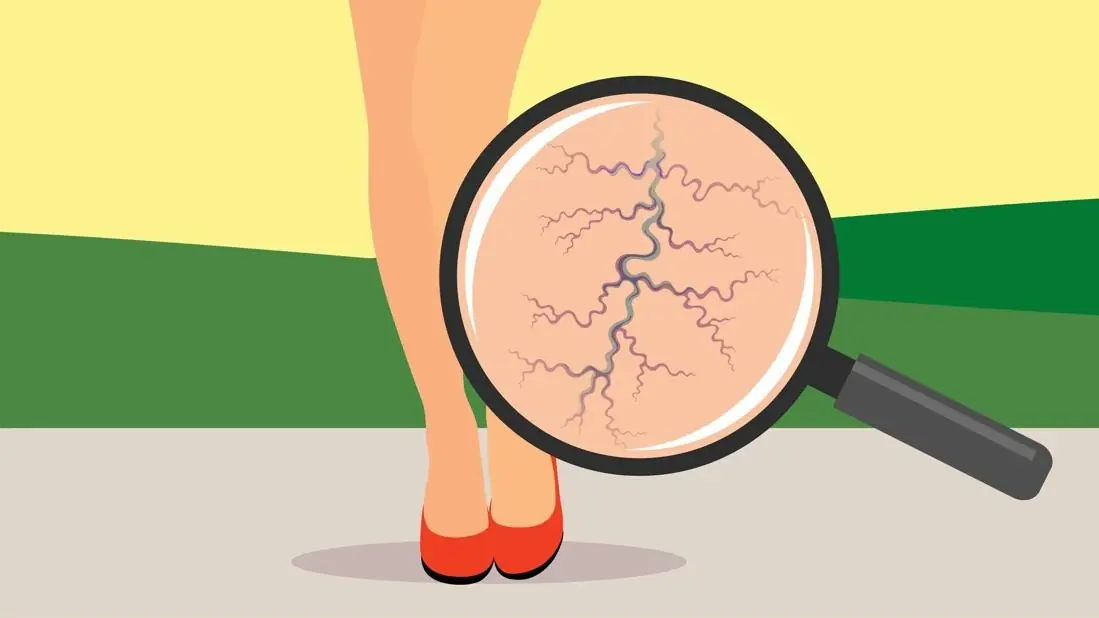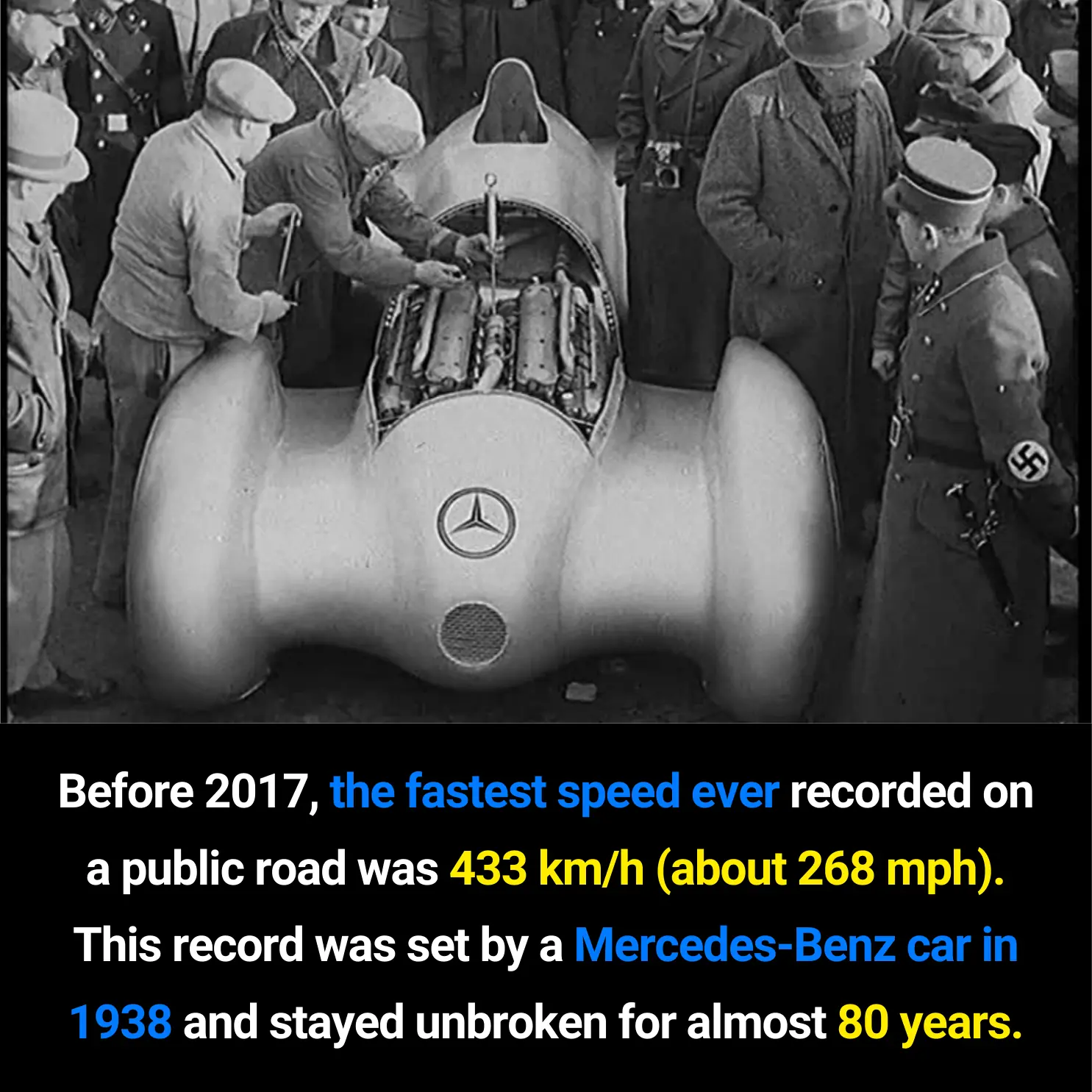
Jack Andraka: The 15-Year-Old Innovator Who Sparked a New Wave of Early Cancer Detection Research
Jack Andraka: The 15-Year-Old Innovator Who Sparked a New Wave of Early Cancer Detection Research
At just 15 years old, Jack Andraka captured global attention with an invention that challenged conventional thinking in medical diagnostics. In 2012, he won the Gordon E. Moore Award, the highest honor at the Intel International Science and Engineering Fair (ISEF), for developing an innovative and highly promising method for the early detection of pancreatic cancer, one of the deadliest cancers in the world.
According to Wikipedia, Andraka’s idea revolved around a low-cost, rapid paper sensor capable of detecting a key biomarker associated with early-stage pancreatic cancer.

A Simple but Revolutionary Concept
Jack’s approach centered on a paper-strip sensor embedded with carbon nanotubes and specialized antibodies designed to detect mesothelin, a protein often elevated in patients with pancreatic cancer. His prototype suggested that this technique could potentially provide results:
-
Faster than conventional diagnostic tools
-
At a fraction of the cost of current medical tests
-
With high sensitivity for detecting mesothelin
While it was not a fully validated or clinically approved diagnostic test, medical and scientific experts acknowledged that his concept showed exciting potential. It opened conversations around affordable, accessible cancer screening, especially for communities lacking advanced medical resources.
A Journey Marked by Determination
The motivation behind Andraka’s research came from personal loss, which pushed him to explore better options for early cancer detection. His persistence was remarkable: he sent his proposal to around 200 laboratories, facing rejection from nearly all of them. Only one lab eventually accepted his idea and allowed him to conduct experiments after school and on weekends.
This determination not only led to his scientific breakthrough but also made his story an inspiring example of youth-driven curiosity and resilience.
Global Recognition and Inspiration for Young Innovators
Jack’s work quickly spread through international media, sparking widespread discussions about the future of biotechnology, medical diagnostics, and STEM education. His achievement inspired millions of young students worldwide to explore science, research, and problem-solving.
He was invited to speak at major conferences, featured on numerous media platforms, and celebrated as an emerging voice in scientific innovation. Even though his device was still in the prototype stage, its conceptual value alone was enough to influence new research directions in biosensor technology and early cancer detection.
Continuing Impact and Advocacy
Today, Andraka continues to be an advocate for:
-
Medical research and innovation
-
Affordable diagnostic technology
-
Early cancer detection awareness
-
STEM education and youth empowerment
-
Tech for social good
His journey highlights a powerful truth: breakthrough ideas can come from anyone, regardless of age or background. Andraka’s story remains a testament to how creativity, persistence, and scientific curiosity can push the boundaries of what is possible.
Why This Story Matters for Modern Readers
Jack Andraka’s achievement remains relevant because it sits at the intersection of several high-interest topics:
-
Early cancer detection
-
Low-cost medical technology
-
Youth innovation and STEM
-
Nanotechnology and biosensors
These themes ensure that his story continues to resonate with students, educators, researchers, and healthcare advocates around the world.
Credible Sources Used
-
Wikipedia – Jack Andraka
News in the same category

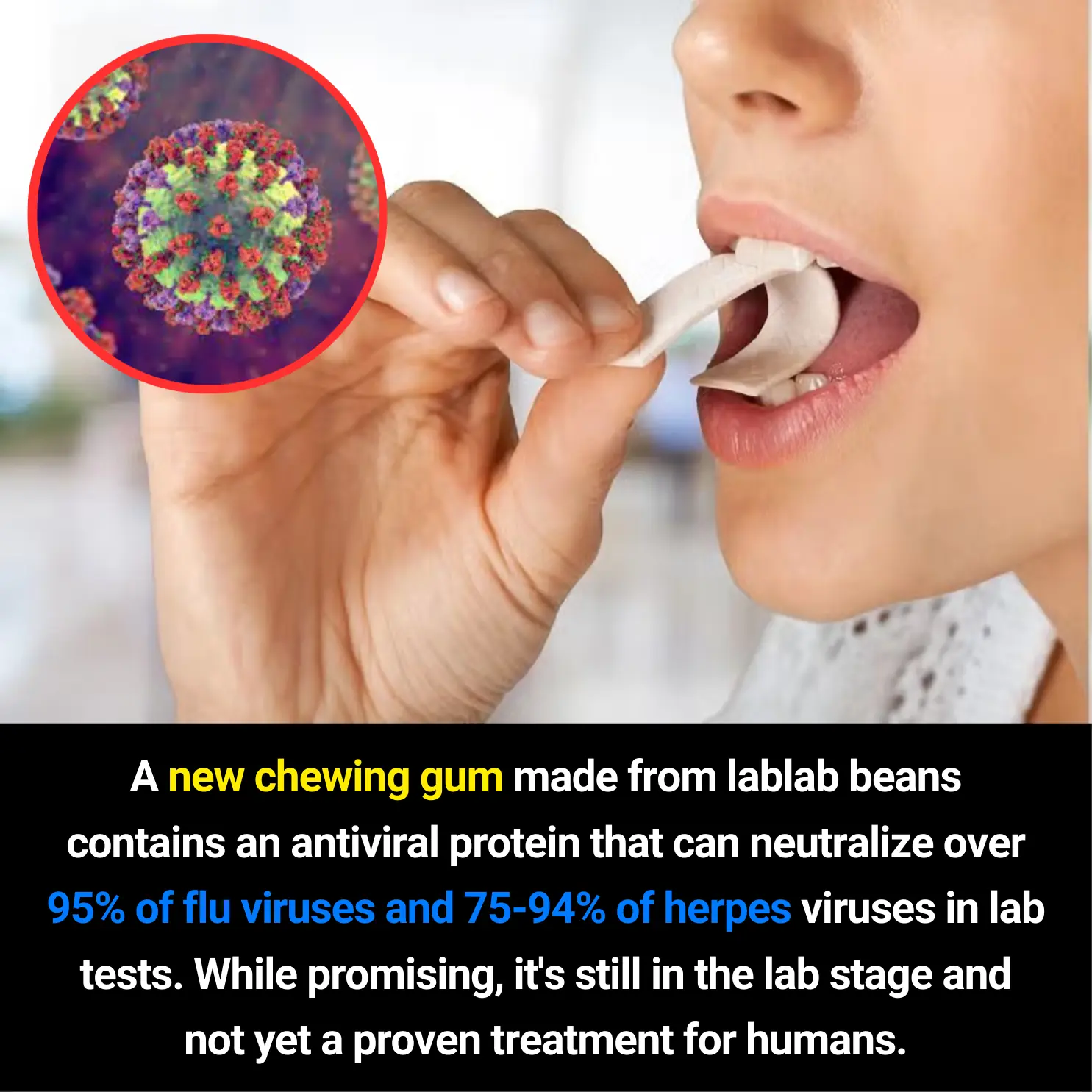
New Antiviral Chewing Gum Made From Lablab Beans Shows Strong Virus-Neutralizing Potential in Lab Tests

Misconceptions That Turn Water Purifiers Into a Source of Illness — Stop Them Before They Harm Your Family
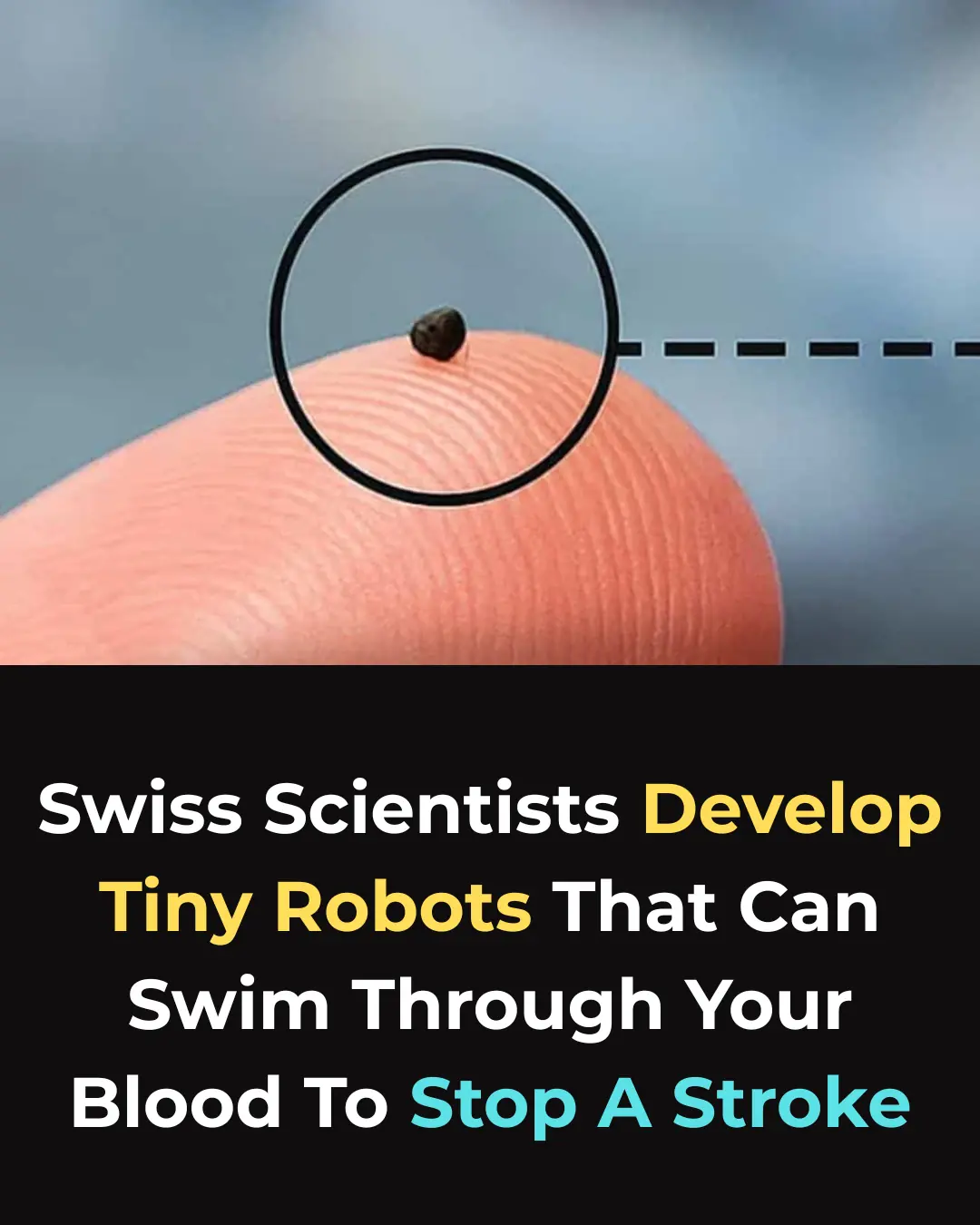
A New Breakthrough: Magnetic Microrobots Designed to Navigate Blood Vessels and Stop Strokes

A Dual Climate Solution: Solar Panels Over Canals Could Save Billions of Gallons of Water

Regenerative Medicine Milestone: Stem-Cell Trial Restores Motor Function in Paralyzed Patients
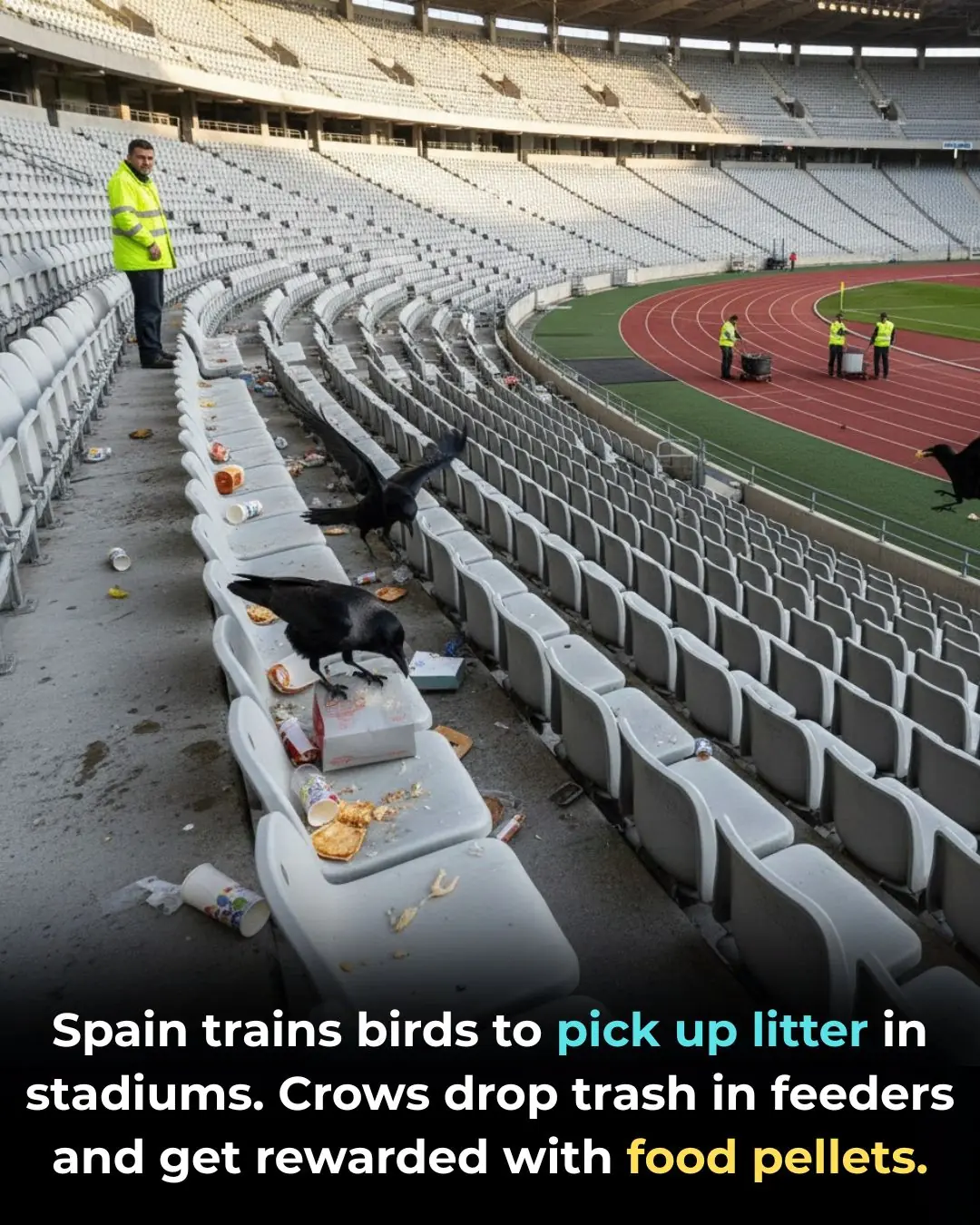
From Crow to Cleaner: How Feathered Geniuses Are Fighting Litter in Spain

Using Crow Intelligence to Fight Pollution: Inside Sweden’s Corvid Cleaning Project
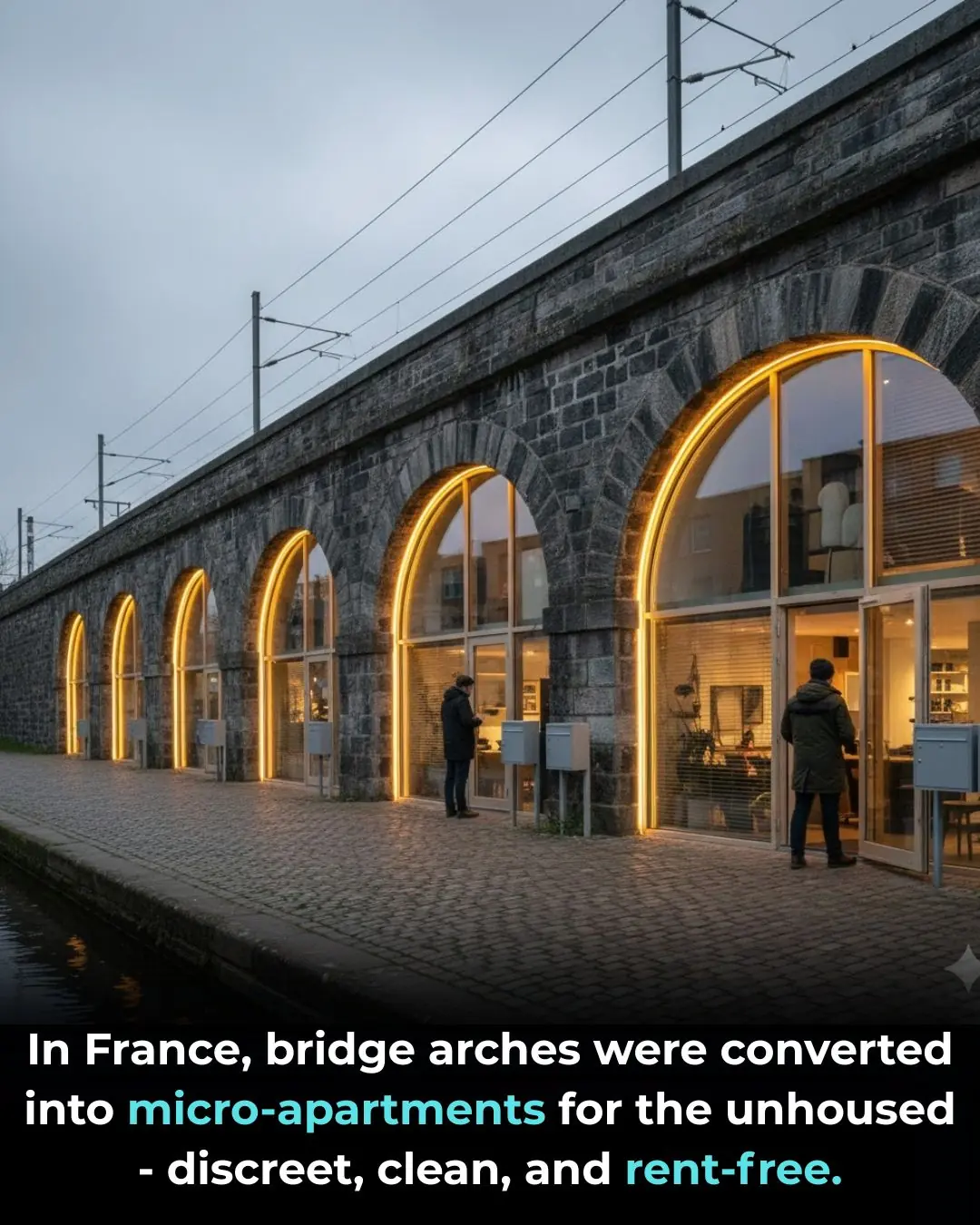
From Stone to Shelter: Innovative Housing Beneath France’s Historic Bridges

Redefining Public Restrooms in South Korea: Hygiene, Dignity, and Accessibility for All

How Cyclic Sighing Became One of the Most Effective Breathing Techniques for Reducing Anxiety
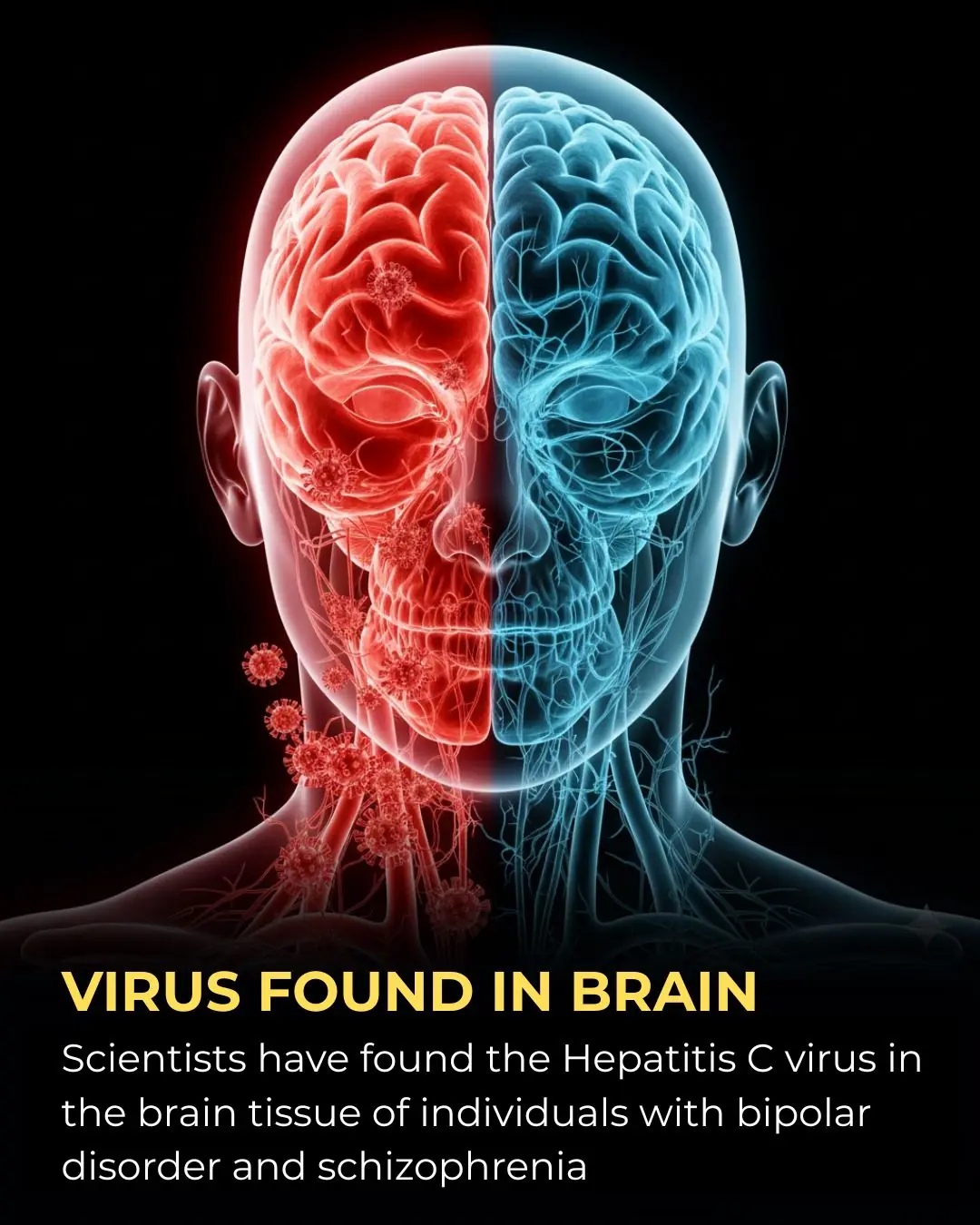
Hepatitis C Virus Detected in Brain Tissue: A Potential Link to Schizophrenia and Bipolar Disorder

Top 10 Safest Places if World War 3 Broke Out
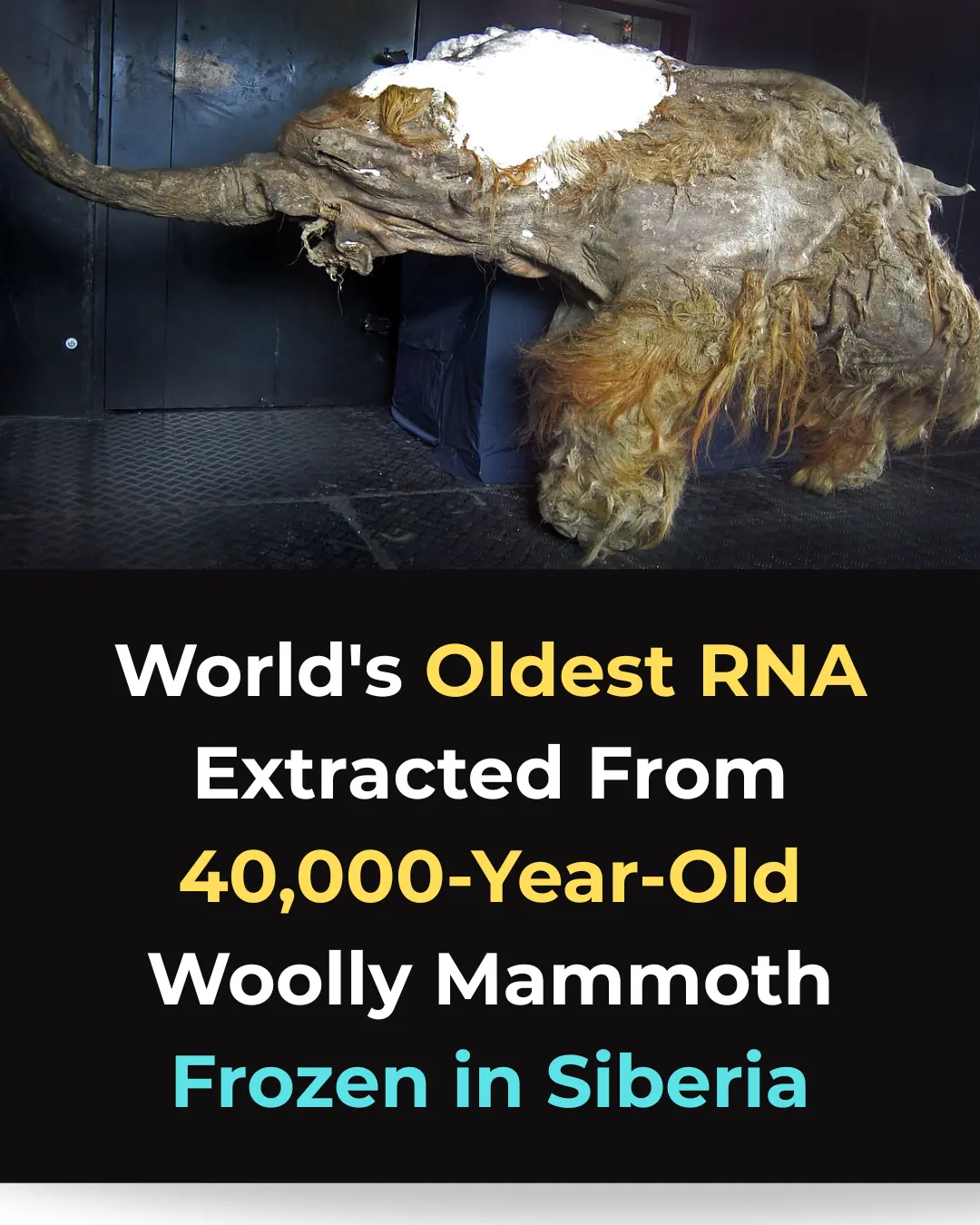
Scientists Sequence the World’s Oldest RNA from a 40,000-Year-Old Woolly Mammoth
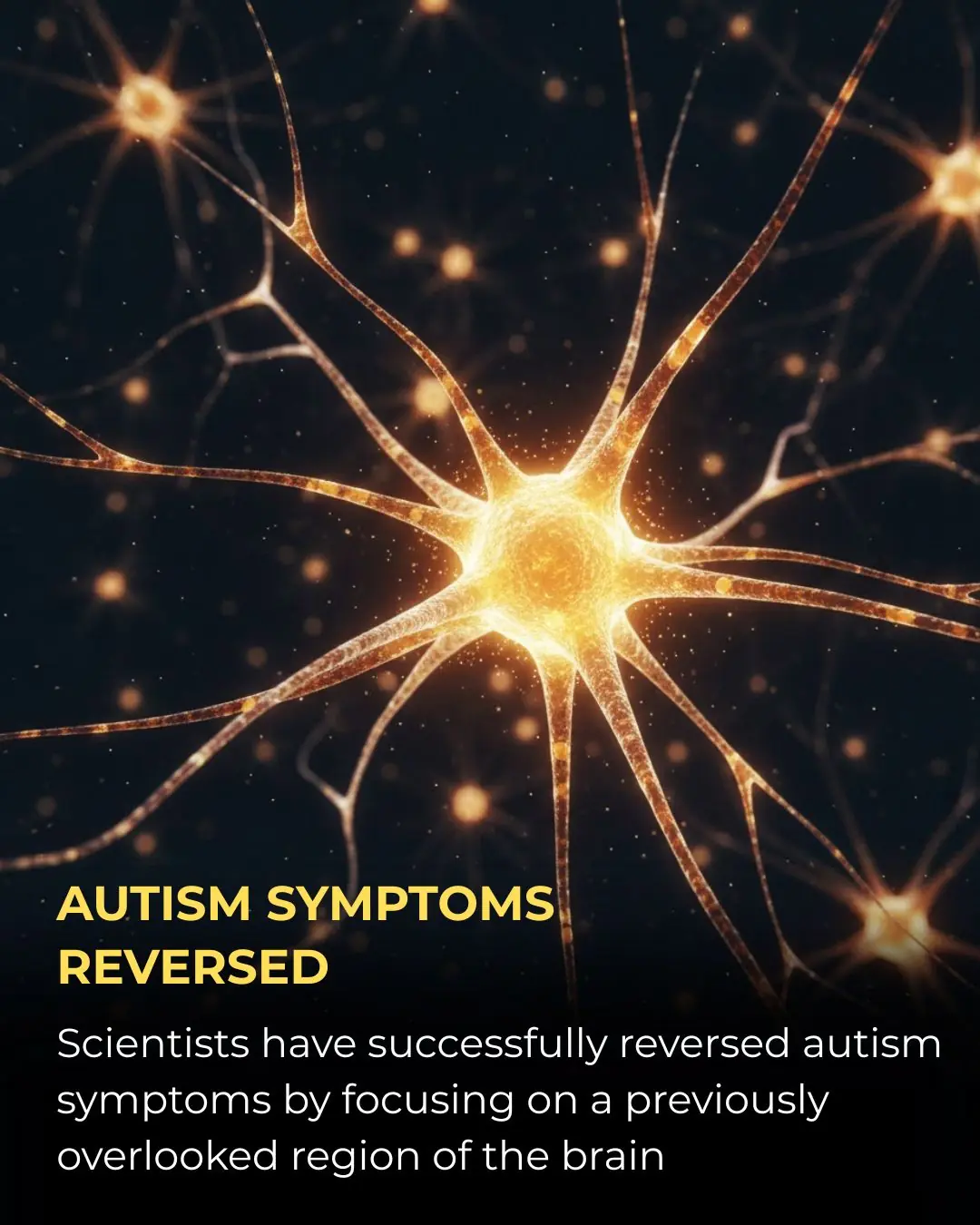
Novel Neural Pathway Identified as Key to Reversing Autism-Related Behaviors
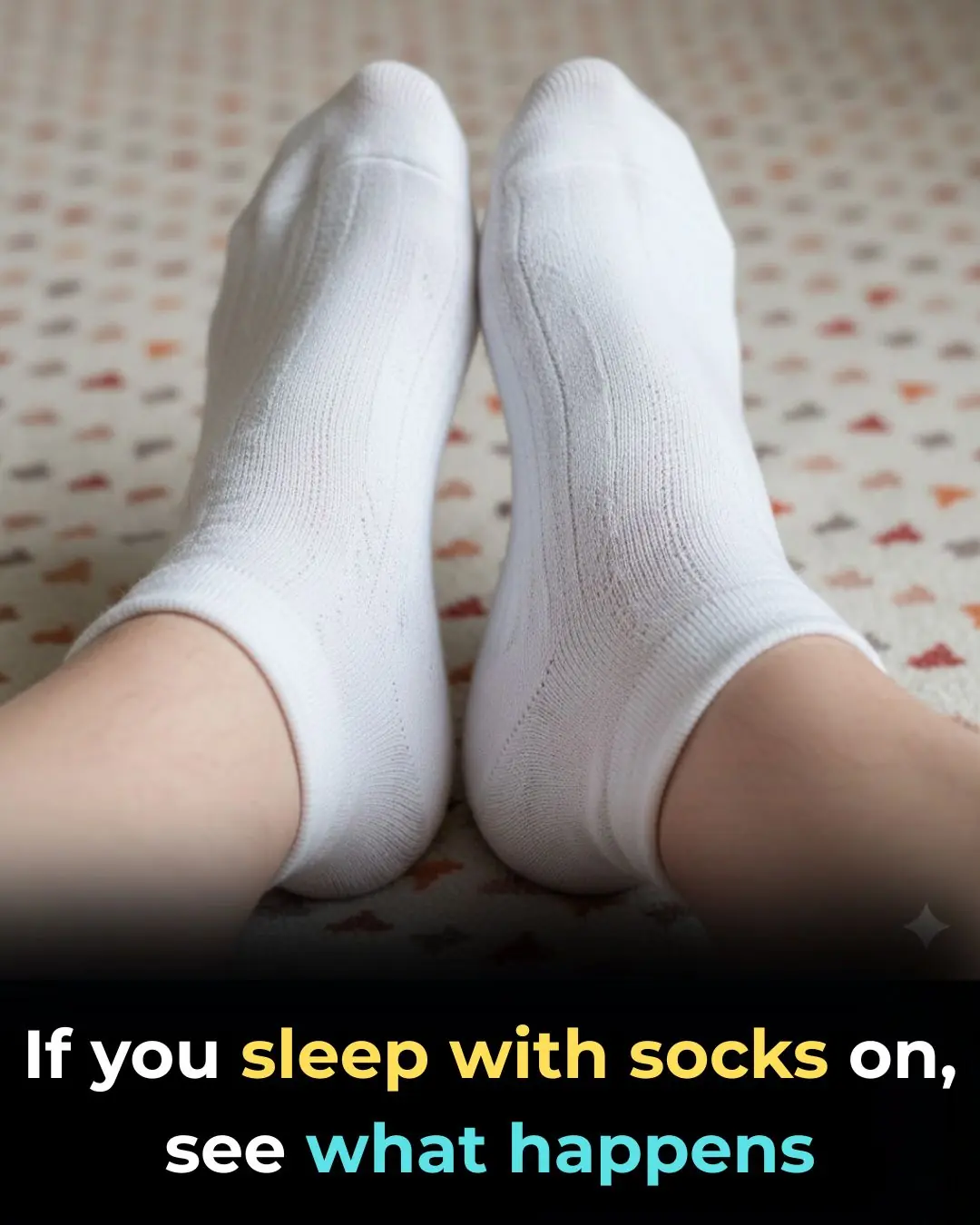
Why seniors should keep their socks on even at home

What Once Seemed Impossible: Lab-Grown Spinal Cord Sparks Hope for Millions

Lab-Grown Spinal Cord Tissue Marks a New Era in Paralysis Treatment

How Hormonal Birth Control May Reshape the Brain: New Neuroscience Insights
News Post
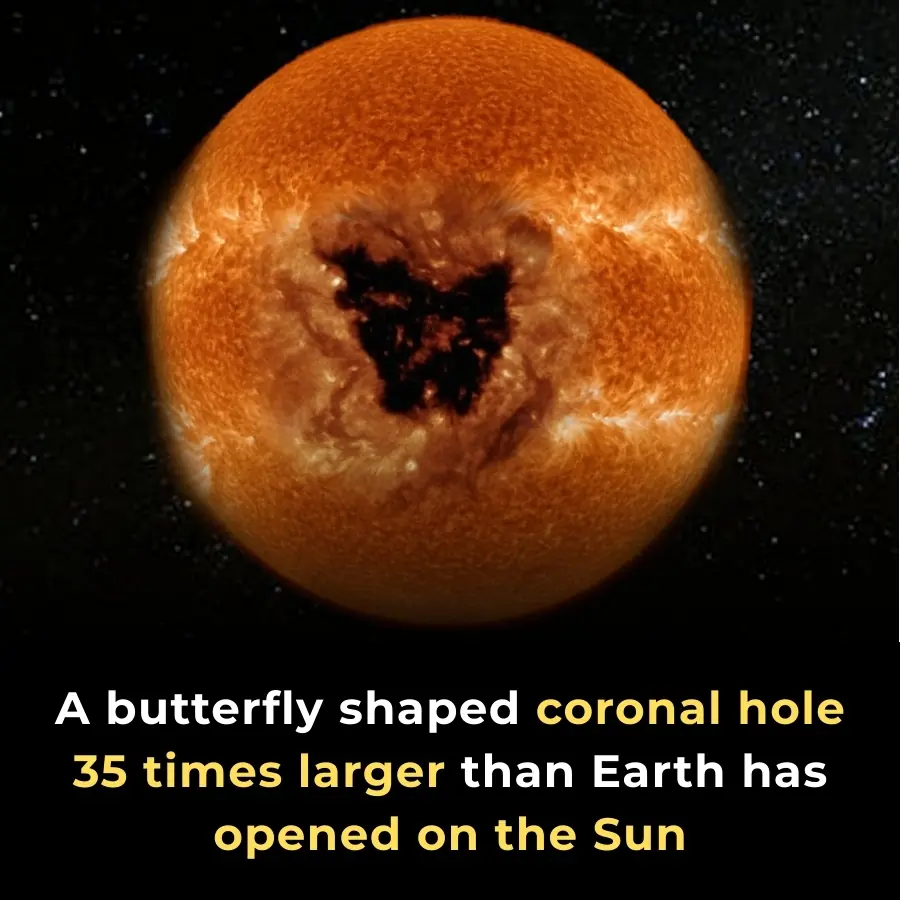
NASA Spots Giant Butterfly-Shaped Coronal Hole Sending Solar Wind Toward Earth
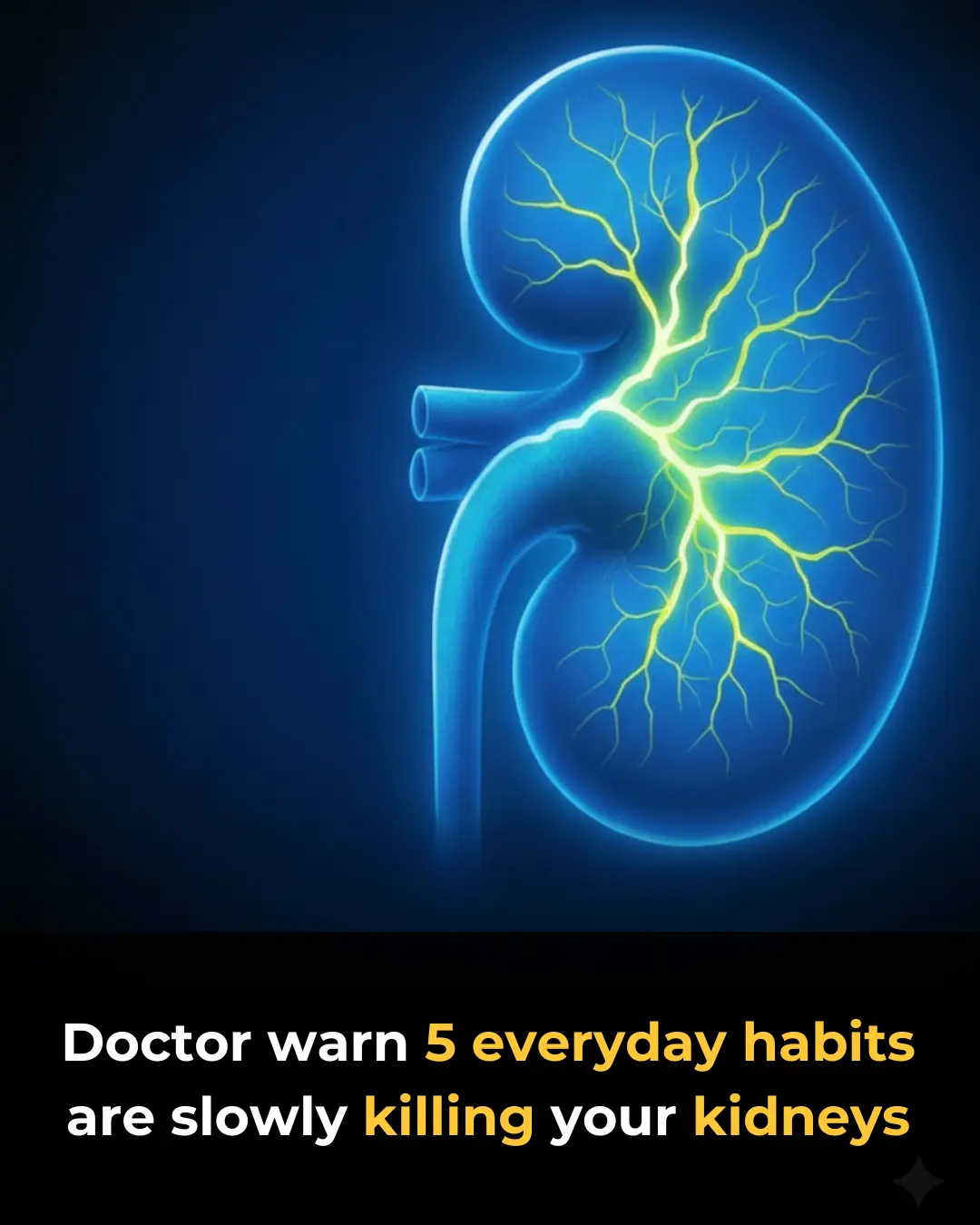
Doctors Warn: 5 Everyday Habits Slowly Damaging Your Kidneys
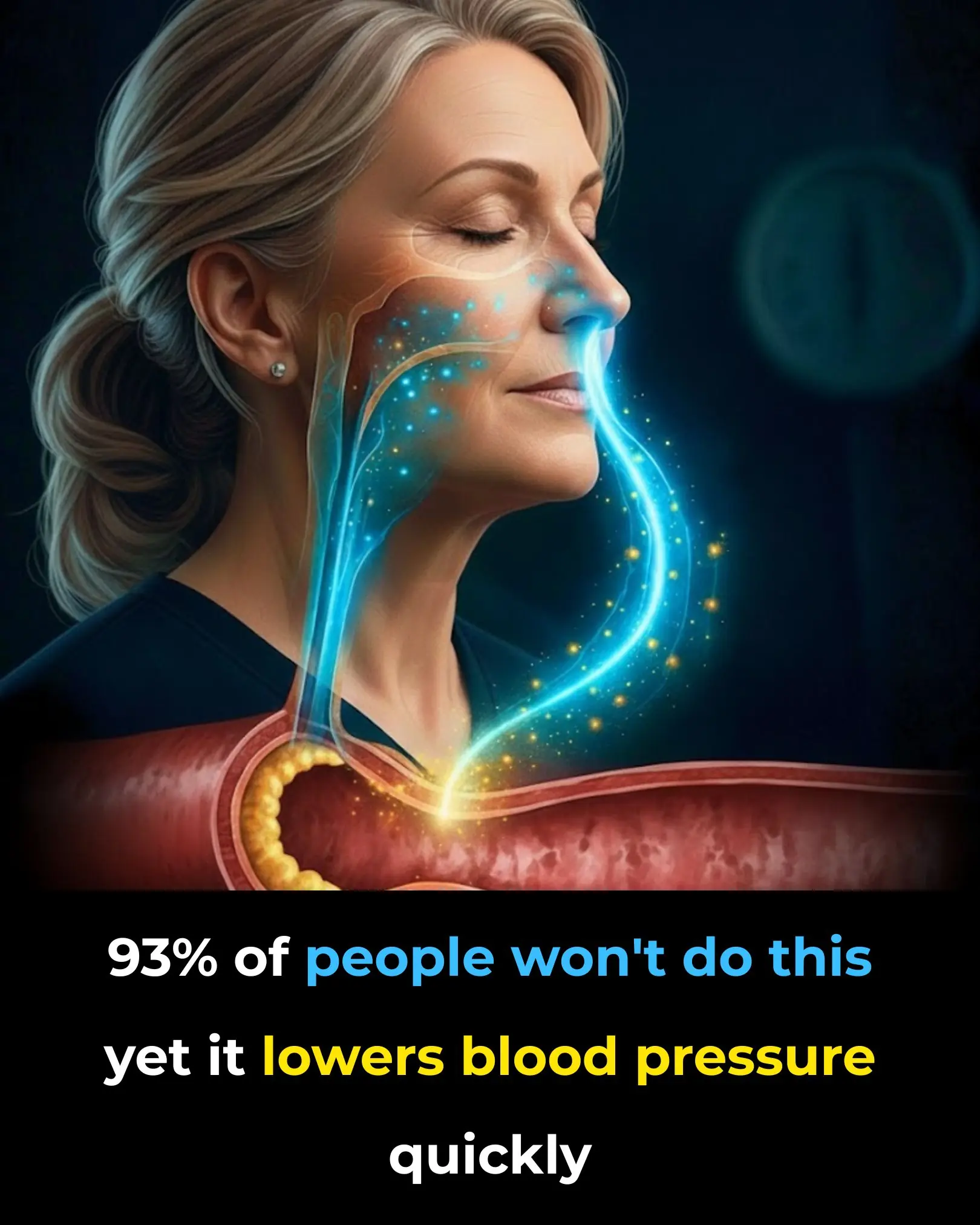
93% of people won’t do this yet it lowers blood pressure quickly

4 Items You Should Never Store in the Freezer — Ignoring Them Could Be Life-Threatening
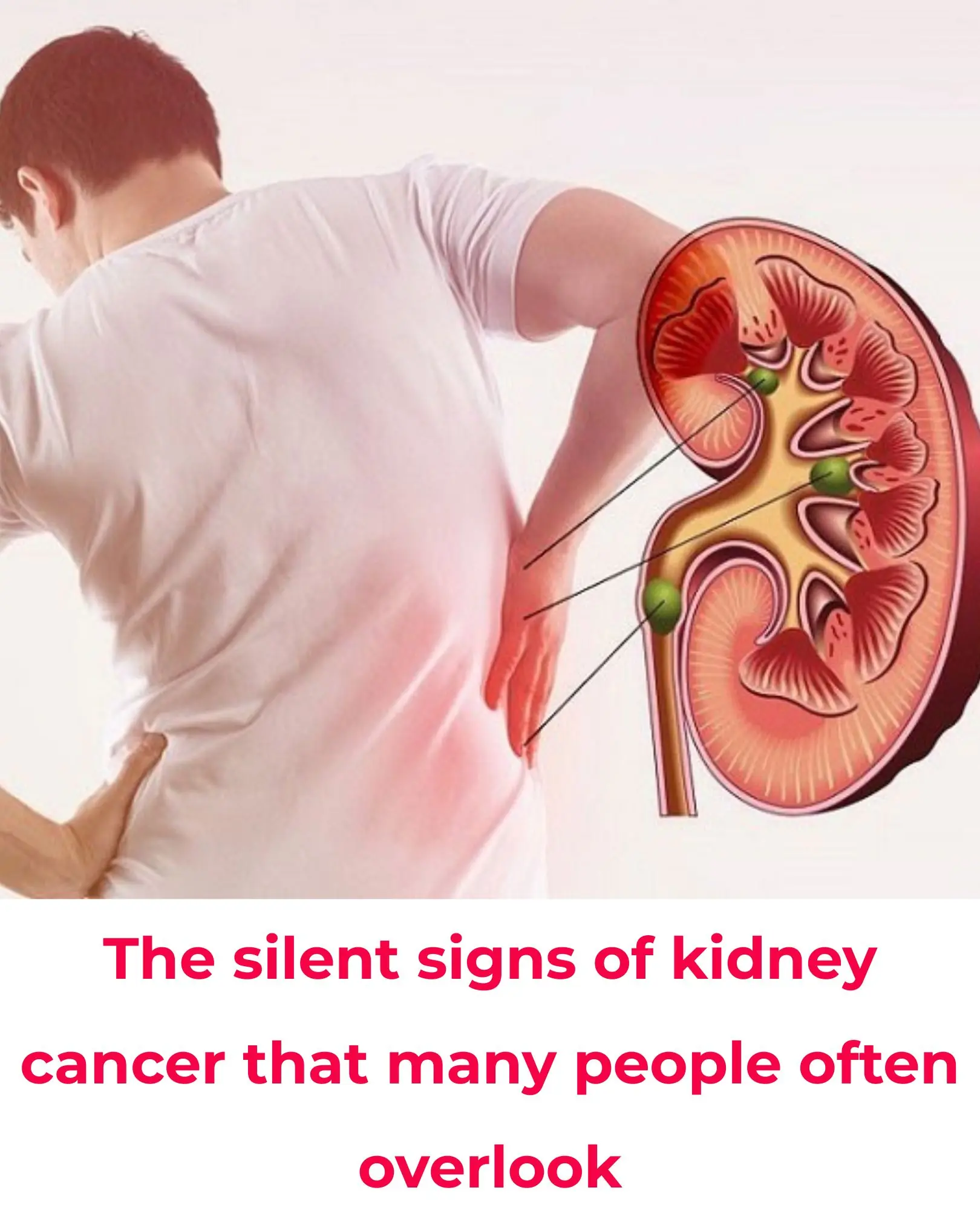
Subtle Signs of Kidney Cancer That Are Easily Overlooked

It’s Time to SAVE YOUR KIDNEYS by Eating These 3 Foods: Familiar but Not Everyone Knows How to Use Them

U.S. doctor reveals how to remove pesticides and dirt from fruits — just a few simple steps to protect your family

You’re storing garlic and onions wrong — here’s the right way

The Day a Judge Broke Protocol to Protect a Child.
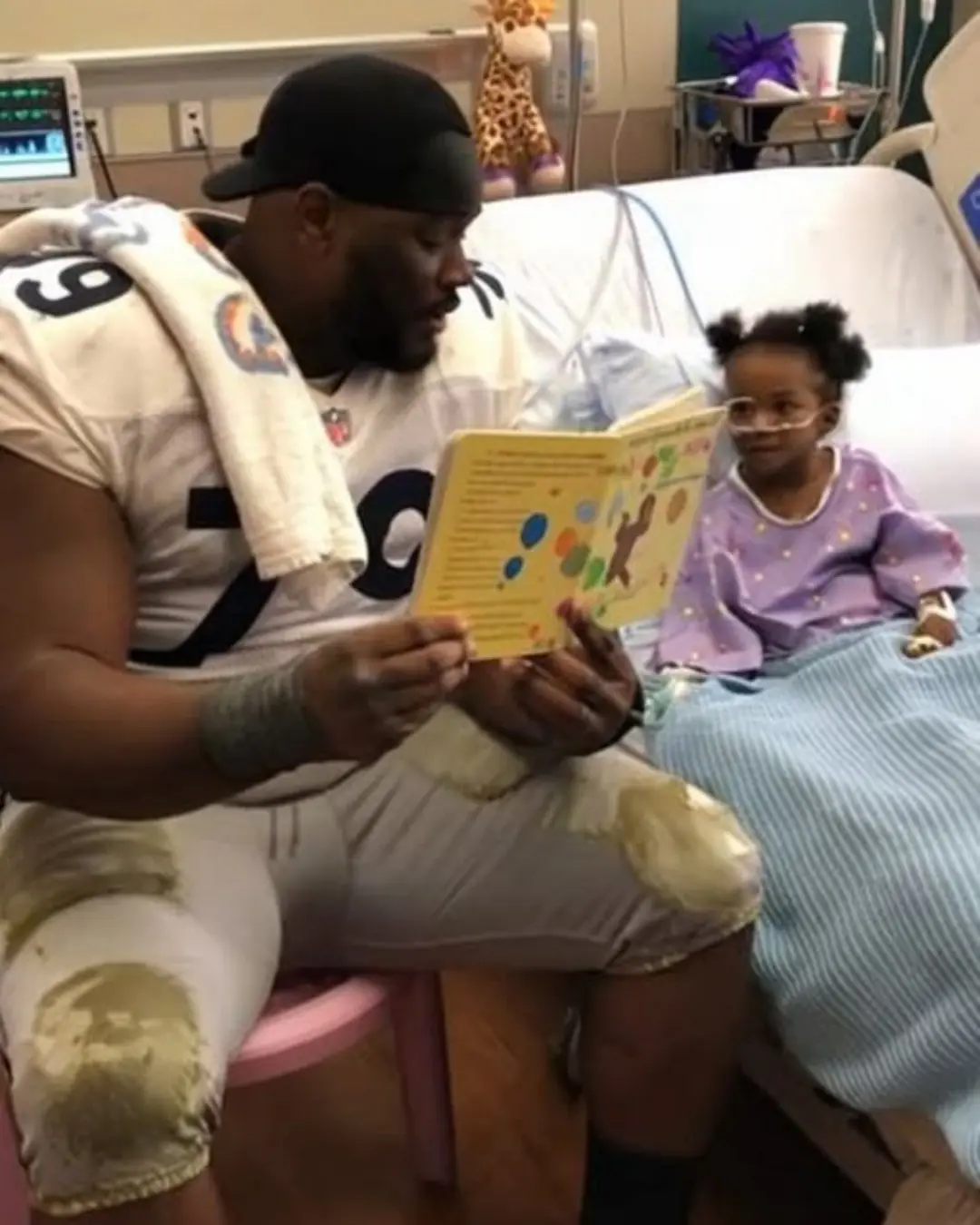
The Giant Who Rushed Home for a Bedtime Story.
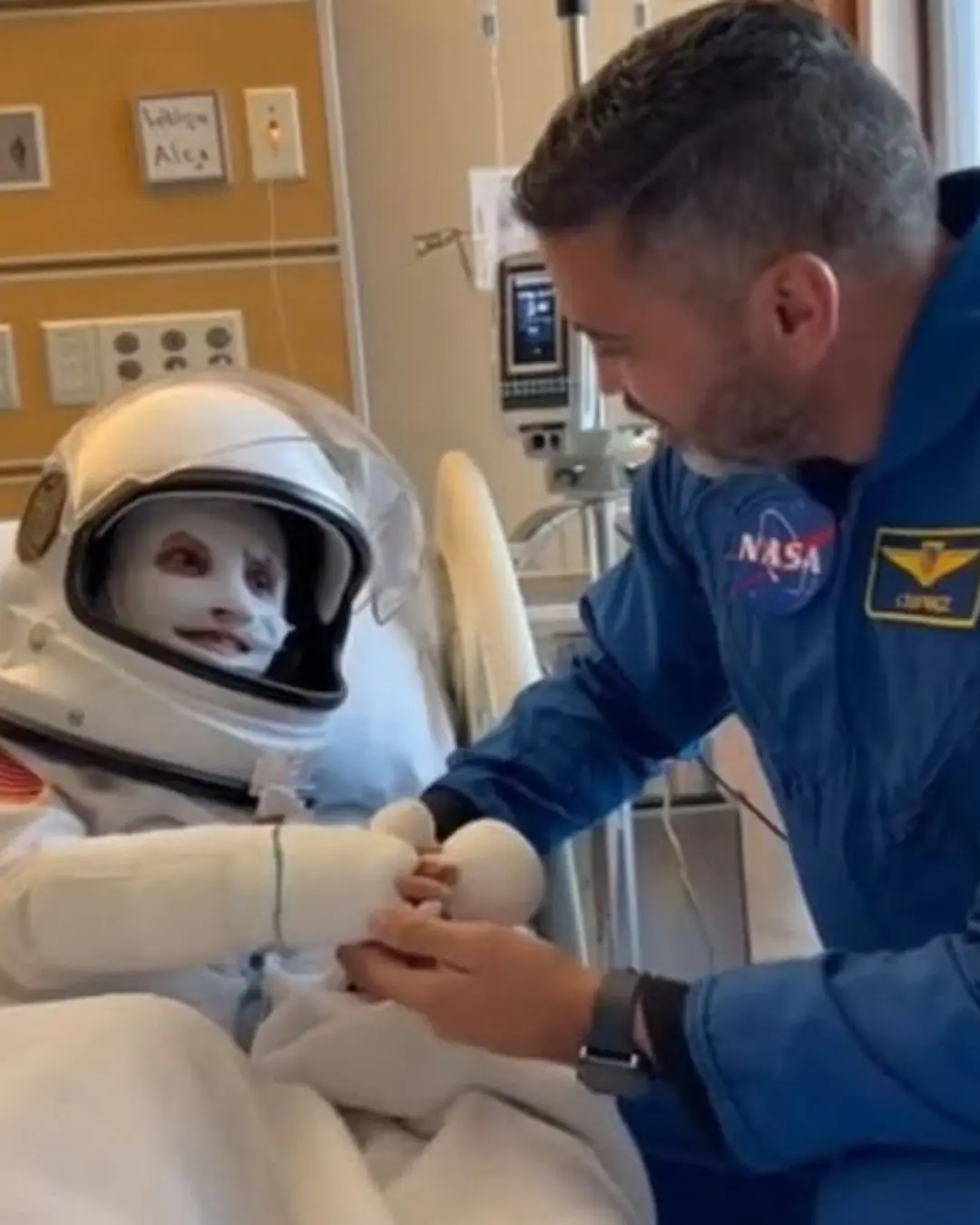
The Day a Burned Little Boy Met His Hero in Blue.

The Princess Who Saved Her Father.

The Mailman Who Became Her Shelter.

Forty-Eight Hours of a Mother’s Love.

The Evolution of Public Road Speed Records: From the Mercedes-Benz W125 to the Koenigsegg Agera RS

New Antiviral Chewing Gum Made From Lablab Beans Shows Strong Virus-Neutralizing Potential in Lab Tests

10 Effective Ways to Reduce Dust in Your Home – Keep Your Living Space Clean and Healthy

Misconceptions That Turn Water Purifiers Into a Source of Illness — Stop Them Before They Harm Your Family
